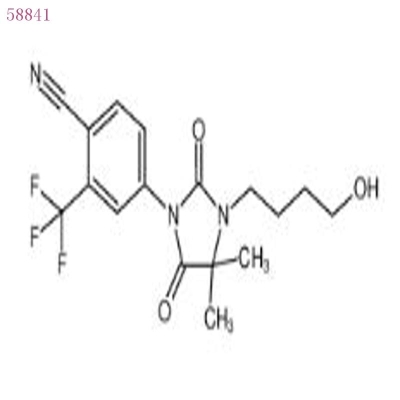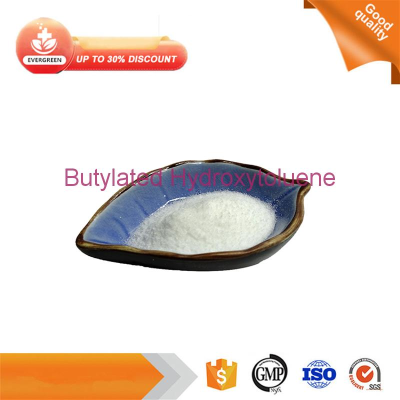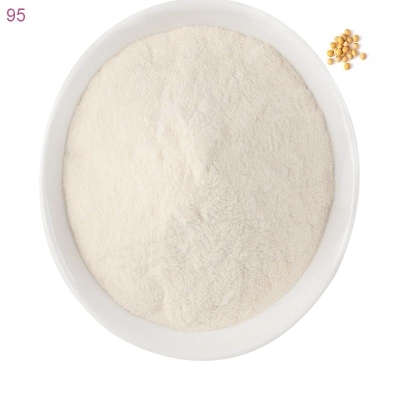High-quality Chinese Li genome map released for the first time
-
Last Update: 2020-12-23
-
Source: Internet
-
Author: User
Search more information of high quality chemicals, good prices and reliable suppliers, visit
www.echemi.com
Recently, a team led by He Yihua, a professor at the School of Horticulture at South China Agricultural University, officially released a chromosomal-level map of the high-quality Chinese Li genome for the first time, the results of which were published in
.
Li is one of the oldest cultivated ancient fruit trees in China, there are 19 to 40 li species in the world, some of which are inter-species hybrids, there are other fruit trees do not have a richer diversity. Li, who is currently commercially produced, is a double-body Chinese Li (also known as a Japanese Li) and a six-fold European Li. China Li native to China, adaptable, mainly for fresh food, widely cultivated in a variety of ecological geographical environment, with high economic and ecological value. The lack of information on Li's genome seriously hinders the exploration and utilization of excellent Li's species resources and the analysis and genetic improvement of Li's important form.
team used PacBio and Illumina sequencing and Hi-C technology to obtain the first high-quality Chinese Li reference genome sequence at chromosomal level internationally. The assembled Chinese Li genome is about 284.2 Mb in size, of which 274.4Mb of the sequence is anchored to 8 chromosomes, scaffold N50 is 32.3Mb, contig N50 is 1.8Mb, and busCO analysis results are 95.70%. Repeat sequences accounted for 48.3% of the genome, with a total of 23,931 protein-coding genes annotated. Based on the systematic development and differentiation time estimates of single-copy genes, it was found that The closest kinship between Li and Mei and Apricots in China was about 9.05 million years ago from their most recent common ancestor.
Gene family expansion and contraction analysis found that a DUF579 gene family that controls the synthesis of wood polysaccharine organisms has significant expansion in Li in China, which is in line with the characteristics of li has more glycosaccharoid accumulation than other nuclear fruits, thus providing a new way of thinking and direction for the metabolic regulation of muccosaccharoids in Li plants. In addition, the FRS gene family, which is widely involved in plant growth and development processes, has also been found to have significant expansion in Li, China, which may be related to Li's extensive adaptability in China. China Li cultivation range throughout the country, South China is China's main Li production area, Li here formed a unique group of South China Li varieties. South China Li is the world's most resistant to wet and hot climate cultivation groups, with less cold, early ripening season and so on.
The sequencing material used in this study laid an important foundation for the genetic improvement and cultivation of important agrotic traits such as coldness of Li plants in Guangdong, and the completion of the genome map of the South China Li variety "March Li", which is widely cultivated in Guangdong and requires the lowest amount of cold in the known Chinese li species. At present, the team measured the entire genome data of China Li has been uploaded to GigaDB, NCBI, GDR and Figshare and other public databases, and has opened all permissions for global scientific research and breeding personnel to share.
The completion and publication of Li genome sequencing in China will be conducive to further understanding the evolutionary origin and kinship relationship between Li's species, and will be of great significance to the in-depth excavation of Li's species resources and the selection and breeding of Li's new varieties in South China. (Source: Zhang Qingdan, China Science Daily)
related paper information:
This article is an English version of an article which is originally in the Chinese language on echemi.com and is provided for information purposes only.
This website makes no representation or warranty of any kind, either expressed or implied, as to the accuracy, completeness ownership or reliability of
the article or any translations thereof. If you have any concerns or complaints relating to the article, please send an email, providing a detailed
description of the concern or complaint, to
service@echemi.com. A staff member will contact you within 5 working days. Once verified, infringing content
will be removed immediately.







